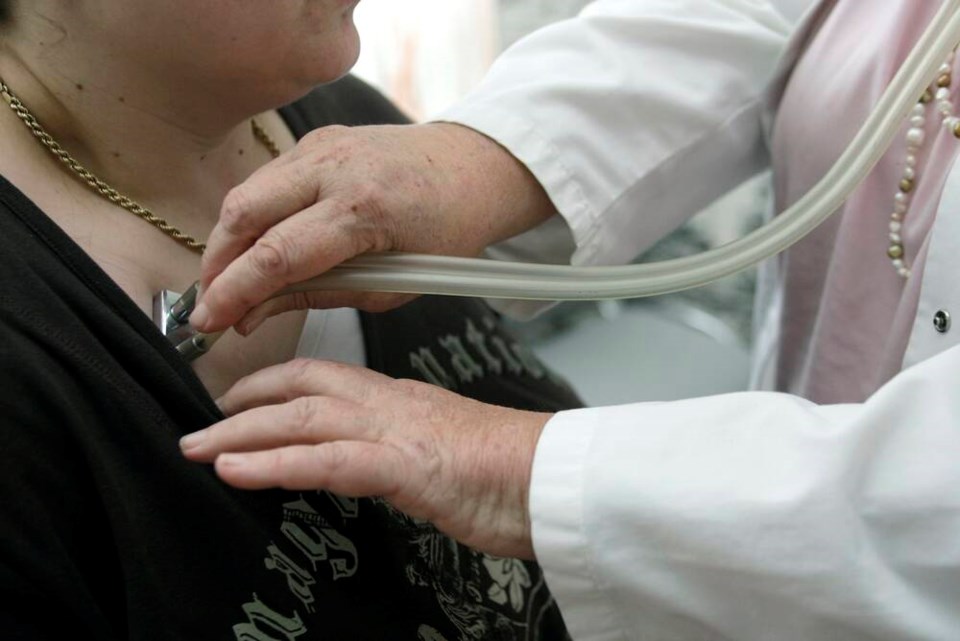On Feb. 4, the Times Colonist published the first of a series of editorials addressing the family doctor crisis in B.C.
The editorial makes many valuable points, including the importance of patients having an ongoing relationship with a family physician and the risks we face of traditional family medicine disappearing.
There are, however, points we would like to clarify.
The editorial states that family doctors are paid $31.62 per visit and bill, on average, $250,000 to $300,000 per year. It suggests that those numbers don’t add up and that there must be other ways that family physicians are being compensated.
Because of the high demand for their services, family physicians often see 30 to 40 patients a day with little time off in the year. Multiply the visit fee by the number of visits in a week, month, year — it quickly adds up to the estimated billing.
The article correctly points out that overhead and administration must be taken out of a doctor’s billing. What it doesn’t say is that the average family physician pays 30 to 35 per cent to overhead.
That means that a family physician billing $300,000 (which is on the high end of what family doctors bill) is taking home less than $200,000 — before tax, with no vacation time, sick leave, maternity leave, disability, extended benefits or retirement savings.
Yes, this is higher than the Canadian average. But it does not correspond to a highly skilled specialist, with 11-plus years of post-secondary training, who cares for their patients from cradle to grave, and is technically on call 24/7. It also doesn’t compare with what other medical specialists earn.
Physicians working in family medicine clinics do not have other lucrative payment streams. In fact, they cannot bill for many aspects of the patient care they provide, such as reviewing test results or consultation reports, co-ordinating follow-up care with other medical specialists, or writing sick notes.
They often have to do this “pro bono” work in the (very) early morning or evening, which further increases the risks of stress and burnout.
Regarding virtual care:
The editorial also warns of the risks of remote medicine and suggests that, all things being equal, family physicians will flock to tele-health companies that offer distant, one-off care.
Like our national counterpart, the College of Family Physician of Canada, the B.C. College of Family Physicians believes that virtual care has a role to play as one of many tools in the longitudinal relationship-based care offered by family physicians.
This is, however, completely different than the “episodic care” model offered by big corporations muscling into the primary health-care field.
Many studies have shown that an ongoing relationship with a family doctor leads to better overall health outcomes, higher patient satisfaction and reduced costs to the health-care system.
The doctor-patient relationship is the foundation of good health. Maintaining opportunities for in-person care, and supporting the delivery of comprehensive, longitudinal care is essential to preserving family medicine.
As family doctors, we want to build relationships with our patients and walk with them through their stages of life. However, the conditions under which we currently work are getting in the way of all British Columbians having access to an ongoing relationship with a family doctor.
The BCCFP calls on government to build on what is working — an ongoing long-term relationship with a family physician as a positive indicator of improved health outcomes — and find ways to support and enhance this further.
The health of British Columbians depends on it.



